The Unexpected Parallels Between Art and Assessment
Credit: Dana Scott and Rebecca Schultz
Dana Scott, Assistant Professor, School of Design and Engineering, and the Director of Assessment of Student Learning Outcomes at Thomas Jefferson University, East Falls Campus.
This past January, I was lucky (or worked hard enough) to receive a research grant from Thomas Jefferson University in Philadelphia, PA. Until this point, most of my university-funded research focused on assessment and revolved around conference presentations. This, however, was a Project Completion Grant, and the project was not about assessment, but part of my professional practice as an artist.
I wear several hats at the university. The main two are as Assistant Professor in the School of Design and Engineering, and as the Director of Assessment of Student Learning Outcomes on the East Falls Campus (it’s always fun to introduce myself at meetings with this lengthy title!). The two weave in and out between how closely they interrelate.
I became involved in assessment through my research in developing quantitative rubrics for studio and other, typically qualitative courses. My background in art and design give me expertise in critical problem solving, process, and big picture thinking, all crucial in assessment. So, after a year or so with the balance shifting more toward assessment due to a university self-study, I shifted to funding a series of work via a process that I had been interested in for years: printing photographic images on glass.
January was great: 1. Our self-study was submitted and, 2. I received funding to complete this project. I began to plan my timeframe for the process of getting the first round of work completed for an exhibition scheduled in September….
And then the campus closed. (I will add that this was two weeks before the evaluation team was scheduled to come for their visit for our regional re-accreditation). Everyone scrambled to shift their courses online. Courses with critical hands-on components such as studios, health, science courses, and many others were at a loss on how to properly evaluate student learning after such an abrupt disruption. My repeated suggestions to “focus on your outcomes – in what new ways could you approach them?” was met with the same enthusiasm as if I told people to do the breaststroke if they got tired of the crawl while swimming away from a sinking ship.
So, all plans and processes got sucked away into the COVID vortex. The facilities our students typically used to complete their courses were no longer available, the International Assessment Conference, at which I was scheduled to present in Berlin, was canceled, and the Thomas Jefferson Surface Imaging Lab, where I had planned to print my images on glass, was closed along with the rest of the campus.
I did say earlier that my background in art and design give me expertise in critical problem-solving. As annoying as all of this was (I am still sore about the Berlin conference), it was really just another shift to plan B (or C, or D…) that happens so often in art and design. In my courses, we shifted our final presentations, which are typically tradeshow/poster-presentations to a video format. We introduced the students to Adobe Spark, which gave a quick and easy way for students to collaborate on these presentations. Although my courses are currently Hyflex, all of my critiques are virtual using Miro. This app allows students to create boards or post to a board that I create. Along with a verbal critique, students can post comments and notes directly on each other’s work. I have added digital peer reviews, using the same rubric for grading and self-evaluation, to promote a greater sense of community between virtual and in-person students.
With my own project, I also had to shift plans. Most printing facilities that had the capability to print on glass and maintain transparency, were closed. This was a collaborative project, so my partner and I began to discuss shifting our medium, and/or method of printing. But our project and an overall plan for the exhibition also began to shift. Our initial inspiration had been geological processes. We had both researched a variety across the US and internationally. But now, as we were beginning to create the work, there was a very limited ability to travel. Our focus shifted to the Wissahickon, and the theme of our exhibition moved from more global research to the interplay with our local environment. This happened very naturally, as these were now the places that we were visiting for research and inspiration. The photographs in our collaborative installation all come from a single rock formation of Wissahickon schist. The overlaid paintings are of remnants of local historical structures built from the same stone, and mined from the same broad geological formation.
In the end, the Surface Imaging Lab was able to open and complete my prints. Of course, this was after we had shifted to a smaller size panel to accommodate an alternate printing method (Plan C). It turns out that this size panel worked better, visually, and was easier to install in the gallery. In art, we call that a “happy accident”.
In our courses, we have also been forced to make shifts. Some are difficult. I can’t fully see the quality of craftsmanship in a virtual critique. But, I have noticed that students are much more open to giving feedback in a digital format (chat, comments, notes), than verbally in critiques. Some of the technology that we are now forced to use, has had more successful results in some projects. I have also found students to be more thoughtful, honest, and thorough in their self-reflections. These are all things that I will continue to do, in some form, post-COVID. In pedagogy and assessment of student learning, we call that a “happy accident”.
Reclamation, a collaborative installation, along with an exhibition of new, individual work by Dana Scott and Rebecca Schultz is on view by appointment or virtually at the Da Vinci Art Alliance. The artists’ reception will take place on Saturday, September 26, by appointment. (time slots are going quickly!)
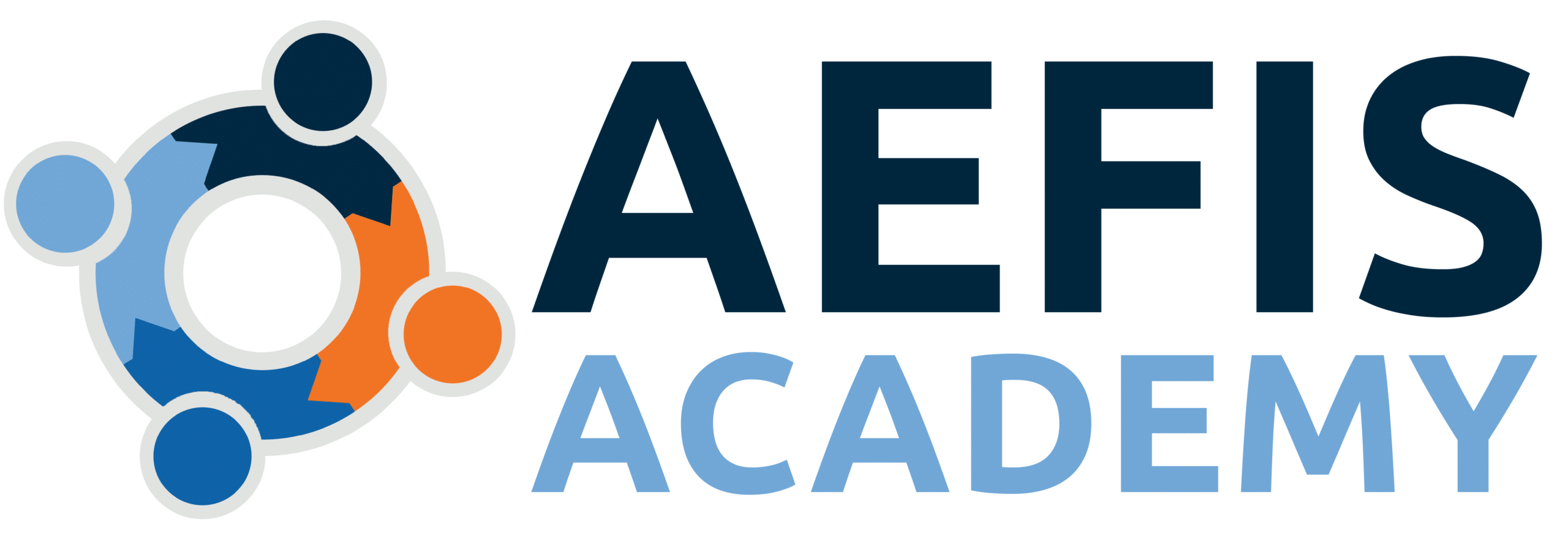



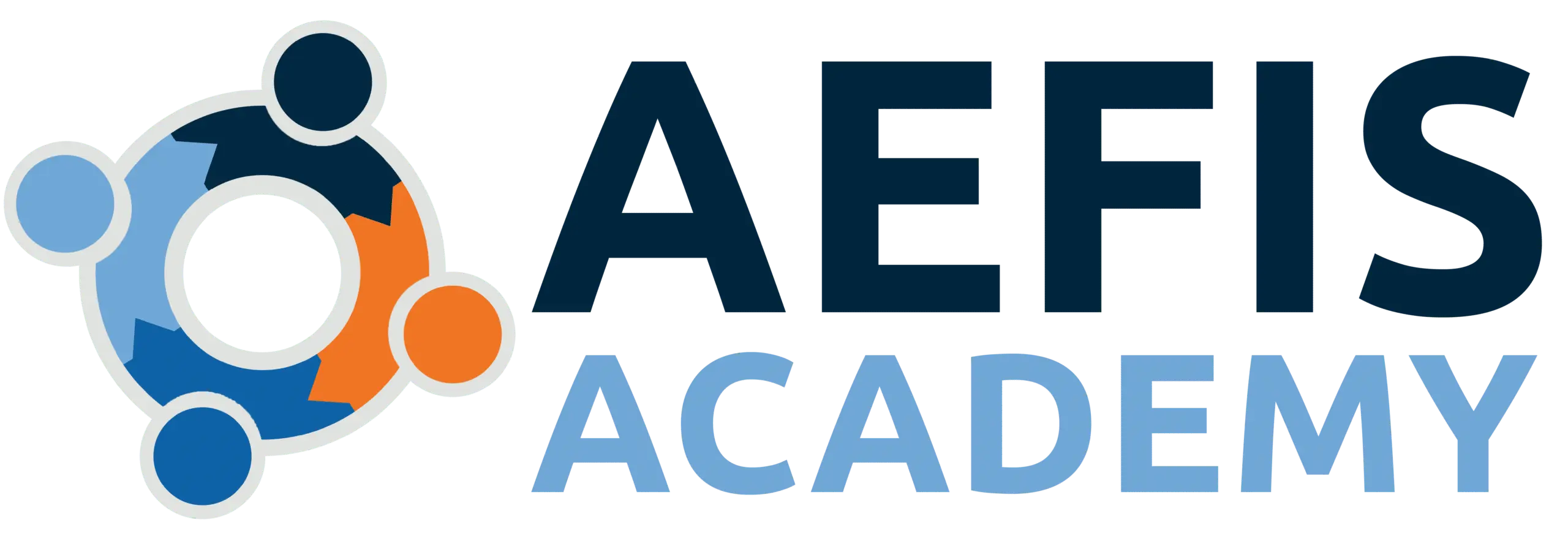

Discussion